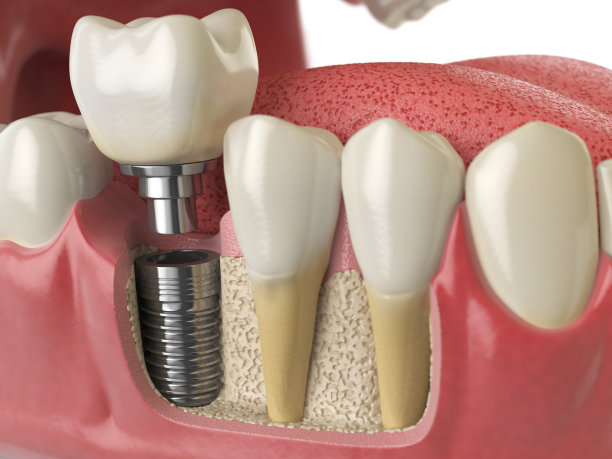Essential Guidelines for Ensuring a Safe and Effective Root Canal Treatment Experience for Patients and Dentists
Summary: Root canal treatment is often misunderstood and met with anxiety by patients. This article provides essential guidelines to ensure a safe and effective experience during root canal procedures for both patients and dentists. The focus will be on four critical aspects: understanding the procedure, enhancing communication, ensuring proper sterilization and equipment, and managing post-treatment care. Each section will discuss relevant steps to boost confidence in the process and promote a healthy dental environment.
1. Understanding the Root Canal Procedure

To alleviate anxiety, it is crucial for patients to understand what a root canal treatment entails. This procedure involves removing the infected pulp from inside a tooth and sealing it to prevent further damage. Dentists must take time to explain each step, emphasizing that the treatment can save a tooth that might otherwise need extraction.
Moreover, patients could be educated about the common signs indicating the need for a root canal, such as prolonged sensitivity to heat or cold, swollen gums, and severe toothache. Awareness of these symptoms can encourage timely visits to the dentist, preventing unnecessary complications.
Furthermore, discussing the benefits and success rates of root canal treatments can help patients feel more confident about the procedure. Dentists can share success stories and provide statistical data to reinforce that root canals are a common and effective treatment option.
2. Enhancing Communication with Patients
Effective communication is fundamental for a successful root canal experience. Dentists should establish a rapport with their patients, demonstrating empathy and attentiveness to their concerns. This can help set a comfortable atmosphere and make patients feel more relaxed before the procedure.
Additionally, dentists should encourage patients to ask questions. Addressing any queries regarding the procedure, its safety, and possible discomfort can help alleviate anxieties. Clear and honest communication builds trust, which is vital in any medical or dental consultation.
Providing written information, such as brochures or post-treatment care instructions, can also enhance understanding. This not only serves as a reminder of the discussed information but also empowers patients to take charge of their dental health.
3. Ensuring Proper Sterilization and Equipment Use
Safety in dental procedures is paramount, and root canal treatments are no exception. Dental clinics should adhere to strict sterilization protocols to ensure that all instruments are properly cleaned and disinfected before use. This prevents cross-contamination and protects both patients and dental professionals.
In addition to sterilization, utilizing high-quality and modern equipment is essential. Digital imaging techniques, for example, provide improved accuracy in diagnosing the extent of infection and planning the treatment effectively. Dentists should invest in the latest tools that facilitate a more efficient and safer procedure.
Moreover, maintaining a clean clinic environment is key. Routine cleaning and organization in the dental office can significantly reduce the risk of infection. Ensuring that the workspace is free of unnecessary clutter helps in keeping focus on patient care and enhances operational efficiency.
4. Managing Post-Treatment Care Effectively
Post-treatment care plays a significant role in the recovery process after a root canal. Dentists should provide clear instructions on how patients can take care of their teeth once the procedure is completed, including actions to take regarding pain management and potential complications.
Educating patients on the signs of possible complications, such as increased pain or swelling, is crucial. They should be informed when to seek further treatment and should be encouraged to schedule follow-up appointments to ensure that healing is progressing as expected.
Lastly, dentists can recommend lifestyle adjustments and tips for maintaining good oral hygiene. This may include information on brushing techniques, flossing, and dietary choices that can promote better dental health after a root canal treatment.
Summary:
In summary, ensuring a safe and effective root canal treatment experience requires a multifaceted approach that encompasses understanding the procedure, enhancing communication, ensuring proper sterilization of equipment, and managing post-treatment care. By placing a strong emphasis on these guidelines, dentists can significantly improve patient confidence and health outcomes during what is often perceived as a daunting dental procedure.
This article is compiled by Vickong Dental and the content is for reference only.



